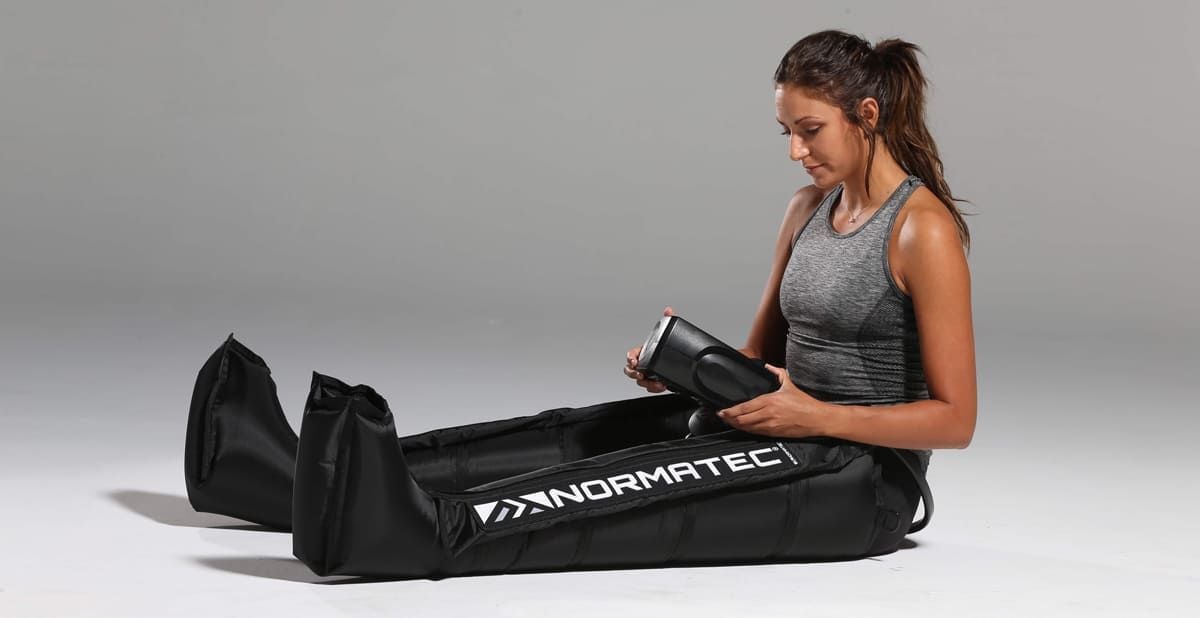)
Brassica vegetables and broccoli sprouts and their benefit for cancer management
If you have ever come in for a consultation here at MIOG, you will have heard our Naturopaths and Nutritionists talk about Brassicas. This humble family of vegetables is of particular interest in the Integrative Oncology world, as they contain valuable little plant compounds that have an incredible benefit for health.
"Brassicas are also known as Cruciferous Vegetables, as they grow in the shape of a cross. Turn over a cauliflower or brussel sprout and have a look at the leaf formation"
Vegetables from the Brassica family, for example broccoli, cauliflower, cabbage, kale, bok choi and brussel sprouts, contain sulfur-containing compounds called Glucosinolates. Glucosinolates (for example glucoraphanin and glucobrassicin) get converted into other compounds (for example indole-3-carbinol and sulforaphane) - what a mouthful!
These compounds have been extensively studied due to their many health promoting benefits, and particularly in cancer situations they appear quite powerful due to various mechanisms of action and their influence on both healthy and dodgy cells.
How do they influence cancer?
Cancer is a multi-stage process with many abnormal signaling pathways that drive uncontrolled growth of mutated cells. Several epidemiological studies have found that dietary cruciferous vegetable intake is associated with a significantly lower rate of breast, lung and colorectal cancers. Since then, various in vitro, animal and human studies are looking at how Glucosinolates could be used as therapeutic compounds.
Let's try not to put too much scientific jargon in here...
Basically Indole-3-carbinol (IC3) influences a range of cellular processes and suppresses the growth of various cancer cell lines, including breast, colon, prostate, and endometrial cancer cells. It has been found to reduce free radical production and inflammation, inhibit blood supply to and metastasis of tumours, and encourage cell repair and programmed cell death. Furthermore, IC3 promotes both Phase I and Phase II detoxification of the liver, encouraging the removal of oncogenic toxins from the body. In hormone sensitive cancers it adjusts the balance of protective estrogen to damaging estrogen, and blocks aromatase, which converts testosterone to estrogen (yes, a natural Aromatase Inhibitor).
Similarly Sulforaphane has been found to modulate key molecular signaling pathways and genes that are involved in regulating cellular growth, cell death and inhibiting new blood vessel formation to the tumour. In the liver, sulforaphane inhibits phase I detoxification enzymes that are responsible for the activation of pro-carcinogens, and enhances phase II enzymes that are critical in eliminating toxins. A balance that is very important to reduce toxin induced cell and DNA damage (ie prevention of the formation of dodgy cells). Sulforaphane also boosts glutathione levels, your own intrinsic super antioxidant. Awesome!
How can I get me some?
Unfortunately, both Indole-3-carbinol as well as Sulforaphane are quite unstable molecules. They very easily get damaged through cooking or processing methods, and supplemental forms are expensive and also often don't taste very nice.
A fantastic way of getting both IC3 and sulforaphane in your diet is by including a form of brassica vegetables every single day. Vary it up between steamed, roasted, briefly stir-fried and even raw. For example- Steamed broccoli and cauliflower served with a tandoori fish curry
- Steamed bok choi and broccolini served with Asian style fish or tofu
- Roasted garlicky brussel sprouts
- Roasted Moroccan style cauliflower and chickpeas
- Chopped cabbage and kale added to soups and stews
- Sauerkraut!
- Raw kale in a green smoothie
- Raw purple cabbage and broccoli in a salad (delicious!)
The highest source of sulforaphane by far are broccoli sprouts. They contain about 100x higher levels of sulforaphane than mature broccoli. We highly recommend sprouting your own broccoli seeds to get a nice, fresh super dose of sulforaphane in your diet.
Here's how to make your own broccoli sprouts:
To get the seeds:
Plant some broccoli in your garden, and let a couple of them go to flower (ie don't harvest them until flowers grow). Once they have finished flowering, you will see pods have formed, which contain broccoli seeds. Leave them until they dry up a bit, then they are ready to harvest.
Otherwise, a quick Google search will come up with a variety of organic seed suppliers you can purchase seeds from. Easy.
Now to sprout:
You will need a few wide mouthed, glass mason jars, either with a sprouting lid or a muslin cloth held firmly in place with a rubber band.- Add 2 tablespoons broccoli seeds to a wide mouthed jar.
- Cover with 10cm of filtered water and cap with the sprouting lid or mesh/muslin cloth.
- Store in a warm, dark place overnight. We use our kitchen cupboard for this.
- The next morning, drain off the water and rinse thoroughly with fresh water. Ensure you drain all the water off. Turn the jar upside down and rest on an angle to ensure proper drainage (eg rested on a teatowel lined bowl).
- Repeat this 3-4 times per day. If you do it at mealtimes it's easy to remember.
- Continue to store your seeds in a warm dark place. After a few days, the seeds will start to break open and grow.
- Eventually, the sprouts will be 2-3 centimetres long - you can now move the sprouts into indirect sunlight, eg next to a windowsill.
- Continue to rinse them 3-4 times daily until the leaves are dark green. This should happen within 3-4 days, and they are now ready to eat!
- The whole process will take about a week.
- Once they are ready to eat, replace the sprouting lid/mesh with a standard mason jar lid and store in the fridge. Although don't store them too long - sulforaphane levels are highest approx 3-4 days after the seed sprouts.
- Start a new batch every 2-3 days so you have a regular supply.
How to incorporate broccoli sprouts into your diet?
Broccoli sprouts are beautiful raw in a salad, juice/smoothie, or on a wholegrain open sandwich with plenty of other rainbow vegetables. Heating is not recommended to prevent deterioration of the sulforaphane content. Enjoy!


)
)










Tags: